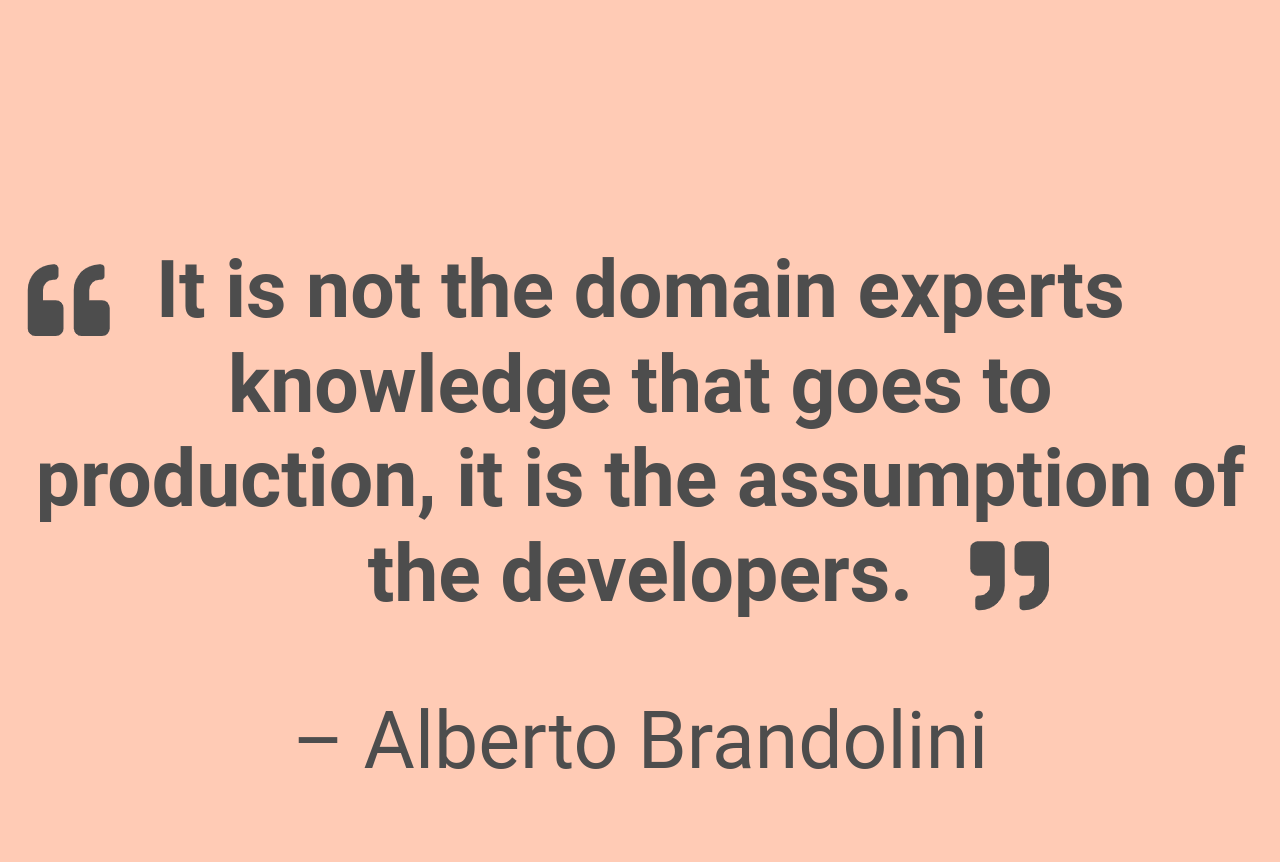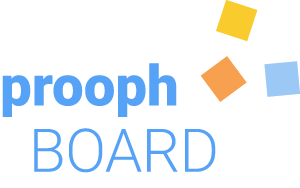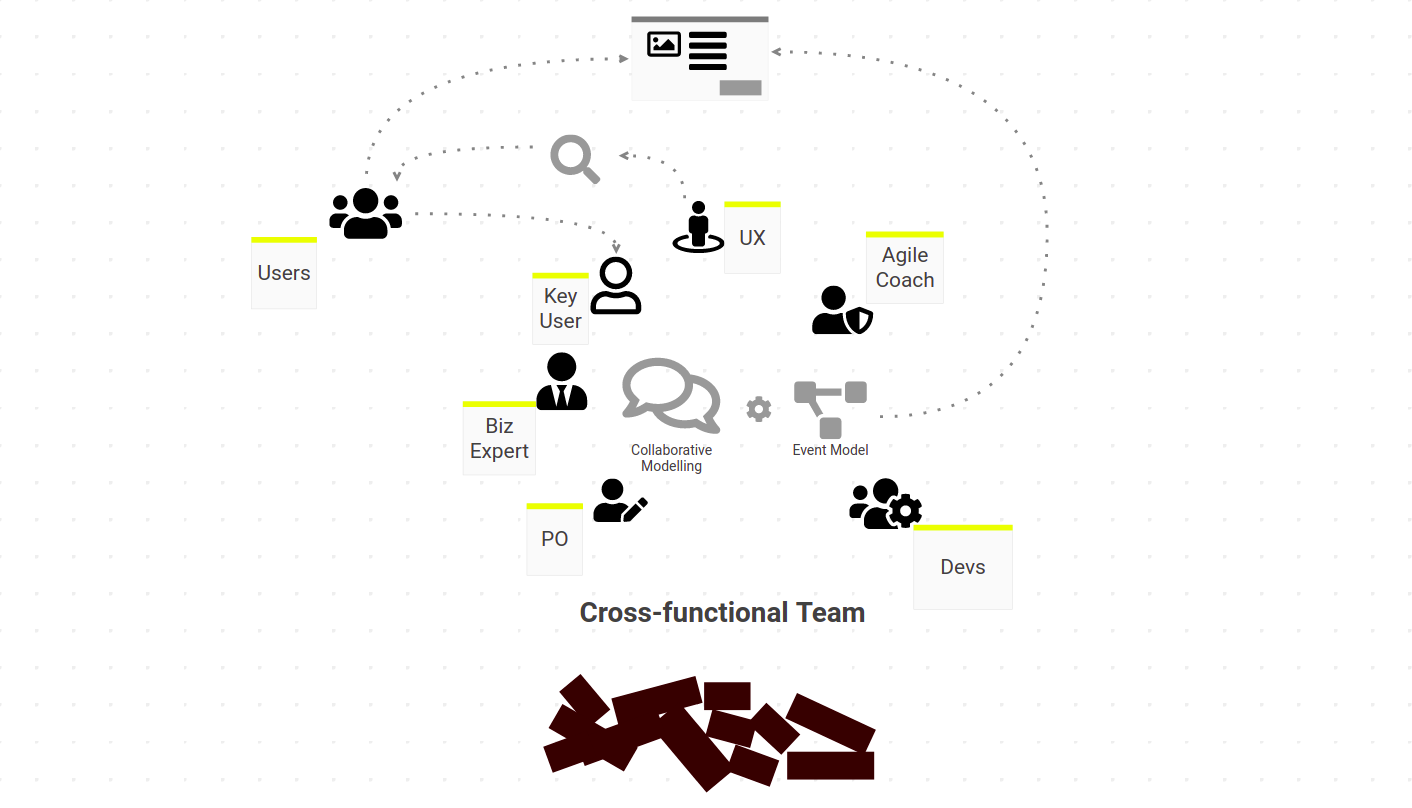What is Continuous Event Storming
You’re viewing an old version of the wiki. Head over to the new Event Modeling section.
Continuous Event Storming is what the name suggests: Event Storming used on a daily basis, and integrated into the team development workflow. This has huge advantages for product teams compared to using Event Storming only occasionally. Here is a quick overview:
- One tool for the entire team to discuss and design software
- Event-driven Architecture design made easy
- System documentation
- Cross-Team collaboration
- API contract negotiation and documentation between teams
Before we dive into each bullet point, let’s have a quick review of how software development evolved and why there is still room for improophment.
Waterfall
The classical approach to software development is throwing requirements specifications over the wall to a group of developers. Developers then take those requirements, interpret them and write code that they think does exactly what was asked for. Sounds simple, but we all know it isn’t.
This is also known as the “Stille-Post Effect”. Here is a LinkedIn post describing the effect:
 (click on the image to get to the post)
(click on the image to get to the post)
Agile Methods
Agile methods like Scrum aim to solve the problem by focusing more on the product and allowing only a rough roadmap. Precise requirements (e.g. problem briefs) are defined for one or two sprints only. That makes sense, because requirements are never perfect. There are just too much unknown unknowns along the way. So agile methods have improved the situation a lot. Unfortunately, in many cases results are still not as expected. Development takes too long, users are not satisfied, the software is buggy.
Why this? Well, agile methods alone are only half of the story. A common mistake is that the different roles of an agile team still work on their own. So the PO is doing requirements engineering, UX is designing and developers are developing.
Each role uses specific tools, a different mindset and a different language. They try to work together as a team, but they often don’t really talk about the same thing. We’ve seen many story writing and task preparation sessions that caused more confusion than actually clarified things.
Enter Cross-Functional Teams
The goal of Continuous Event Storming is to enable a product-driven and outcome oriented way of working that includes the entire team into the software design process.
![]() Only if business experts, UX designers (even end users), product managers and tech people work closely together and have in depth discussions the problem can be solved.
Only if business experts, UX designers (even end users), product managers and tech people work closely together and have in depth discussions the problem can be solved.
Continuous Event Storming provides a way for cross-functional teams to design software together, even if not all people know how to code. An abstract model helps to communicate on a level that is easy to understand on the one hand but still powerful enough to be a blueprint for software solutions.
Visualizing problems and solutions, sketching different ideas and playing with examples is much more fun and way more effective than reading through problem briefs and writing stories.
prooph board uses ideas from Event Storming to let a cross-functional team design an abstract model. The cherry on top is our coding bot Cody that becomes a hidden team member and provides assistance for translation of an abstract model into working software.
In the next chapter, we explain how to integrate Continuous Event Storming into the development workflow.
If you first want to know why Continuous Event Storming is such a great technique, you can take a look at our in-depth philosophy behind the approach.



